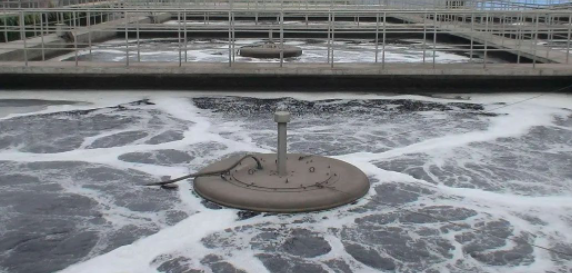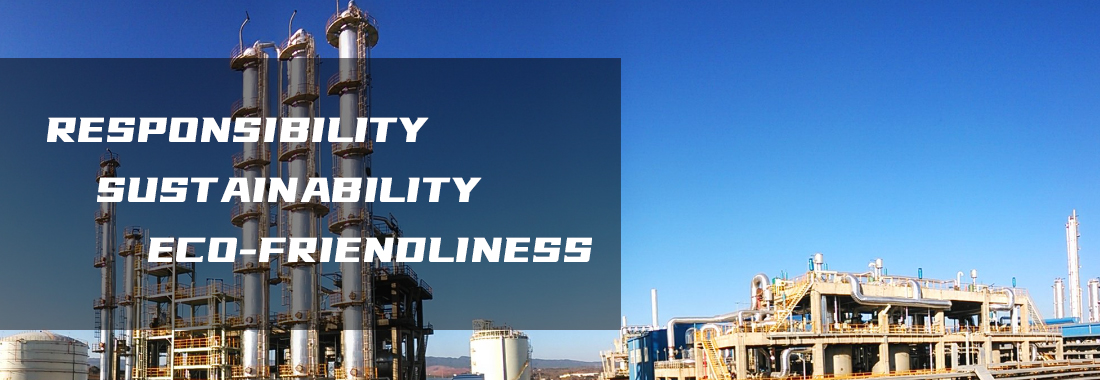
The copper plating layer is often used as the bottom layer of nickel plating, tin plating, chromium plating, silver plating, and gold plating, to improve the binding force of the base metal and the surface coating and the corrosion resistance of the coating, therefore, the copper plating wastewater is very common in the plating industry, and the industrial wastewater usually contains a variety of heavy metals and complexing agents, which is difficult to treat and serious environmental pollution.
Currently, the treatment of electroplating wastewater containing copper mainly adopts chemical, ion exchange, membrane separation, adsorption, biological, and so on.
Neutralization precipitation method
At present, chemical neutralization and coagulation precipitation are often used to treat copper-containing electroplating wastewater. While neutralizing acid and alkali in wastewater, copper ions form copper hydroxide precipitation, and then remove the sediment by solid-liquid separation device.
When the pH value of a single copper-containing wastewater is 6.92, it can remove copper ion precipitation and meet the standard. When copper and iron coexist in electroplating wastewater, the pH value is controlled at 8~9, and it can also complete the discharge standard.
Sulfide precipitation method
Sulfide precipitation treatment of copper-containing wastewater has great advantages, it can solve some weak complex heavy metal substandard problems, the solubility of copper sulfide is much lower than that of copper hydroxide, and the reaction pH range is wide, sulfide can precipitate part of the copper ion complex, so there is no need to shard treatment.
Electrochemical method
Electrochemical treatment of copper-containing wastewater has the advantages of high efficiency, automatic control, less sludge, and direct recovery of copper, which can be widely adapted to the range of copper concentration in wastewater treatment, especially for high concentration (copper mass concentration is greater than 1g/L) of the wastewater has certain economic benefits.
Ion exchange resin
Ion exchange resin has a good copper removal effect, and some factories use weak acid cation exchange resin to treat acid sulfate copper plating rinsing wastewater. Some enterprises use strong basic anion exchange resin to treat pyrophosphate copper plating wastewater so that part of the water can be recycled. In addition, the resin has the advantages of good selectivity, large adsorption capacity, fast, and fast exchange speed.
Ion exchange fiber
Ion exchange fiber is a new ion exchange material developed rapidly in recent years, and it also has great development in the field of heavy metal wastewater treatment. The adsorption of copper in electroplating wastewater by modified polyacrylonitrile fiber shows that the content of copper ions in electroplating wastewater containing copper is significantly lower than the national discharge standard.
Treatment of electroplating wastewater containing copper by membrane separation
Membrane treatment of industrial wastewater generally uses reverse osmosis, ultrafiltration, and a combination of the two technologies. The key to membrane treatment of industrial wastewater is to select the appropriate membrane according to the separation conditions. This method also has a good effect on the treatment of electroplating wastewater containing copper complex, and some have been applied in industry, and have achieved good results when combined with other water treatment technologies.
Treatment of electroplating wastewater containing copper by adsorption
The adsorption method has many advantages in treating copper-containing wastewater, especially using industrial wastes and crop residues as adsorbents, and modifying existing adsorbents to improve their adsorption properties. Plant and animal waste as adsorbents is conducive to increasing the adsorption capacity and adsorption selectivity, and the adsorption effect of copper ions is significantly improved, and the effect is better than that of copper in a single wastewater treatment.
Treatment of electroplating wastewater containing copper by biological method
The biggest feature of the biological treatment of copper-containing wastewater is that the microorganisms can pro-life continuously during operation, and the amount of copper ions removed by biomass increases with the increase of biological mass. The biological method has many advantages in application, such as a strong comprehensive treatment capacity, which can effectively remove harmful metal ions such as copper, hexavalent chromium, nickel, and lead in wastewater. The treatment method is simple and convenient. Simple process control; The amount of sludge is small.



